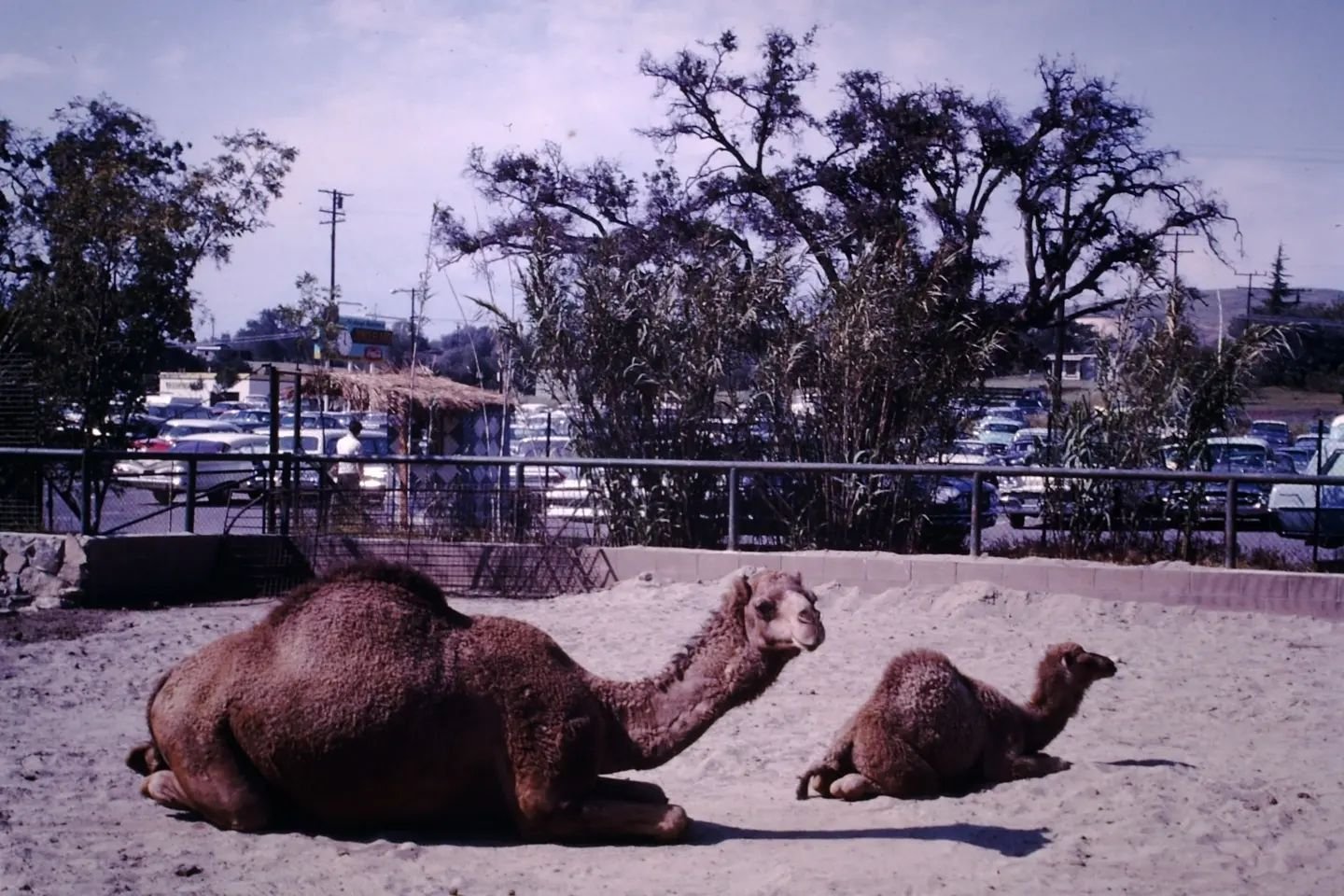Wedding Reception Venues In Ventura County and Surrounding Areas
/Conejo Valley Guide focuses primarily on events, activities and things to do in the Conejo Valley, Ventura County and surrounding areas.
Since we're out and about so much, we thought it might be helpful to have a comprehensive list of over 170 local wedding, wedding reception and meeting venues within an hour radius of the Conejo Valley.
(Contact us for additions/edits to this list.)
Simi Valley Wedding Reception Venues
Best Western Plus Posada Royale Hotel in Simi Valley (up to 250 guests)
Hummingbird Nest Ranch in Simi Valley (up to 5,000 guests)
Rancho Santa Susana Community Center in Simi Valley (up to 250 guests)
Reagan Library reception areas include Air Force One Pavilion, Terrace Area, Courtyard White House Rose Garden and others (capacity <100 to 1,500+)
Strathearn Historical Park in Simi Valley (up to 220 guests)
The Vineyards in Simi Valley (up to 350 guests)
Moorpark, Somis Wedding Reception Venues
Arroyo Vista Recreation Center in Moorpark (no alcohol allowed)
Eden Gardens in Moorpark (up to 400 guests)
Hartley Botanica in Somis (up to 375 guests)
Rancho de las Palmas in Moorpark (up to 232 guests)
1600 Views Wedding Venue in the hills of Moorpark
The Saticoy Club in Somis (up to 300 guests)
Walnut Grove at Tierra Rejada Ranch (up to 250 guests)
Thousand Oaks, Westlake Village, Newbury Park Wedding Reception Venues
Boccaccio's Restaurant at Westlake Lake (up to 150 guests)
Four Seasons Westlake Village (up to 1,000 guests)
Los Robles Greens Golf Course in Thousand Oaks (up to 300 guests)
Palm Garden Hotel in Newbury Park (up to 250 guests)
Prospector Ranch in Thousand Oaks (10 acre ranch)
Sherwood Country Club in Thousand Oaks (up to 350 guests)
Stagecoach Inn Museum in Newbury Park (up to 200+ guests)
Thousand Oaks Civic Arts Plaza Courtyard, Plaza Park and Theaters
Best Western Plus Thousand Oaks Inn (up to 200 guests)
Westlake Hyatt (up to 450 guests)
Westlake Village Inn (up to 300+ guests)
Westlake Yacht Club (up to 200+ guests)
Wolfe Canyon Ranch in Thousand Oaks (214 acre site near Reagan Library)
Agoura Hills, Calabasas, Oak Park Wedding Reception Venues
Agoura Hills Recreation and Event Center (up to 200 guests)
Calabasas Country Club (up to 250 guests)
Cambria Hotel Calabasas (up to 80 guests)
Lobo Castle in Calabasas (Medieval Castle - up to 250 guests)
The Lodge at Malibou Lake in Agoura Hills (up to 280 guests)
Oak Park Community Center (up to 150 guests)
Ojai Woman’s Club (up to 300 guests)
Orcutt Ranch Horticultural Center in West Hills (up to 175 guests)
Saddle Peak Lodge in Calabasas (up to 250 guests)
Sheraton Agoura Hills (up to 400+ guests)
Camarillo Wedding Reception Venues
Bella Capri Inn & Suites in Old Town Camarillo (up to 150 guests)
Camarillo Community Center (up to 500 guests)
Camarillo Ranch House (up to 600 guests)
Commemorative Air Force Aviation Museum Hangar in Camarillo (up to 250 guests)
Gerry Ranch in Camarillo (Santa Rosa Valley) (up to 200 guests)
Maravilla Gardens in Camarillo (Santa Rosa) (up to 300 guests)
McCormick Home Ranch in Camarillo (up to 250 guests)
Pleasant Valley Historical Society Botanical Garden in Camarillo
Spanish Hills Club in Camarillo (up to 265 guests)
Wedgewood Weddings Sterling Hills in Camarillo (up to 225 guests)
Oxnard, Port Hueneme Wedding Reception Venues
Magnavino Cellars in Oxnard (up to 160 guests)
Marez Events Center in Oxnard (up to 300 guests)
Oceanview Pavilion in Port Hueneme (up to 450 guests)
Oxnard Historic Farm Park (up to 200 guests)
Oxnard Performing Arts Center (up to 500 guests)
Pacific Corinthian Yacht Club at Channel Islands Harbor (up to 175 guests)
River Ridge Golf Club in Oxnard (up to 170 guests)
Scarlett Belle Riverboat Wedding Cruises at Channel Islands Harbor
Wedgewood Weddings Pacific View Tower in Oxnard (up to 250 guests)
Ventura Wedding Reception Venues
Cliff House Inn on the Ocean in Ventura (up to 75 guests)
Crowne Plaza Ventura (up to 700 guests)
The Derby Club at Ventura County Fairgrounds (up to 900 guests)
Historic Dudley House Museum in Ventura (up to 50)
McGrath Ranch & Garden in Ventura (up to 175 guests)
Museum of Ventura County Event Pavilion (up to 340 guests)
Olivas Adobe Historical Park in Ventura (up to 200+ guests)
The Pierpont Inn in Ventura (up to 300 guests)
Poinsettia Pavilion in Ventura (up to 300 guests)
Serra Cross Park at Grant Park in Ventura (up to 500 guests)
Sylvia White Gallery in Ventura (over 4,000 sq ft)
Ventura Beach Marriott (up to 850 guests)
Ventura Botanical Gardens (up to 250 guests)
Ventura Harbor: Surfer's Knoll Beach, Harbor Cove Beach, Ventura Harbor Main Lawn
Wedgewood Wedding Center at Buenaventura Golf Course (up to 350 guests)
White House Beach Club (up to 300 guests)
Ojai, Santa Paula, Fillmore, Piru Wedding Reception Venues
Camp Arnaz in Ojai (up to 350 guests)
Fillmore Historical Museum (up to 70 guests)
Glen Tavern Inn in Santa Paula (up to 160 guests)
The Lavender Inn in Ojai (up to 100 guests)
Newhall Mansion in Piru (up to 300 guests)
The Ojai Deer Lodge in Ojai (up to 200 guests)
Ojai Valley Inn & Spa (up to 300 guests)
The Ranch House in Ojai (up to 180 guests)
Santa Paula Community Center (up to 265 seated guests)
Malibu Wedding Reception Venues
Adamson House in Malibu (up to 200 guests)
Calamigos Ranch in Malibu (up to 500 guests)
Cielo Farms (up to 200 guests)
Malibu Beach Inn (up to 50 guests)
Malibu West Beach Club (up to 250 guests)
Santa Barbara, Carpinteria, Goleta
Alameda Park Picnic Area in Santa Barbara (up to 60 guests)
Alice Keck Memorial Gardens Pond/Grass Area (up to 60 guests)
Alice Keck Memorial Park Arbor Area (up to 150 guests)
Bates Ranch House in Carpinteria (up to 250 guests)
Belmond El Encanto in Santa Barbara (up to 300 guests)
Cabrillo Pavilion (up to 215 guests)
Calle Puerto Vallarta - City of Santa Barbara East Beach (up to 300 guests)
Carousel House in Santa Barbara (up to 240 guests)
Casa Las Palmas in Santa Barbara (60-75 guests)
Elings Park Codric Grove (up to 200 guests)
Elings Park Singleton Pavilion (up to 200 guests)
Franklin Neighborhood Center in Santa Barbara (up to 125 guests indoors)
Gainey Vineyard in Los Olivos (up to 150 guests)
Glen Annie Golf Club in Goleta (up to 500 guests)
Granada Theatre in Santa Barbara (up to over 200 guests)
La Mesa Park Grassy Area in Santa Barbara (up to 125 guests)
Leadbetter Beach Area West (up to 150 guests)
Leadbetter Beach Ceremony Area (up to 60 guests)
Lions Park in Carpinteria (up to 200 guests)
Louise Lowry Davis Center in Santa Barbara (up to 100 guests indoors)
Mackenzie Center in Santa Barbara (up to 100 guests)
Mission Historical Park Rose Garden in Santa Barbara (up to 50 guests) and Grassy Area (up to 200)
Museum of Santa Barbara Sea Center (up to 60 to 200 guests)
Ortega Welcome House in Santa Barbara (up to 70 guests)
Palm Park Beach House in Santa Barbara (up to 100 guests)
Plaza Del Mar in Santa Barbara (up to 500 guests)
Rancho La Patera in Goleta (up to 450 seated guests)
Restoration Oaks Ranch in Gaviota (up to 150 guests)
The Riviera Mansion (up to 200+ guests)
Rincon Beach Club in Carpinteria (up to 250 guests)
Ritz Carlton Bacara Resort and Spa (various from 40 to up to 1,100 guests)
San Ysidro Ranch has eight venues that accommodate up to 200+ guests
Santa Barbara County Courthouse (up to 200 guests)
Santa Barbara Historical Museum Courtyard (up to 450 guests)
Santa Barbara Maritime Museum (up to 230 guests)
Santa Barbara Zoo (up to 2500 guests)
Santa Ynez Valley Marriott (up to 550 guests)
Shoreline Park Grassy Area in Santa Barbara (up to 125 guests)
Simpson House Inn (up to 200 guests)
Westside Neighborhood Center in Santa Barbara (up to 150 guests)
Whispering Rose Ranch in Santa Ynez (up to 350 or more guests)























